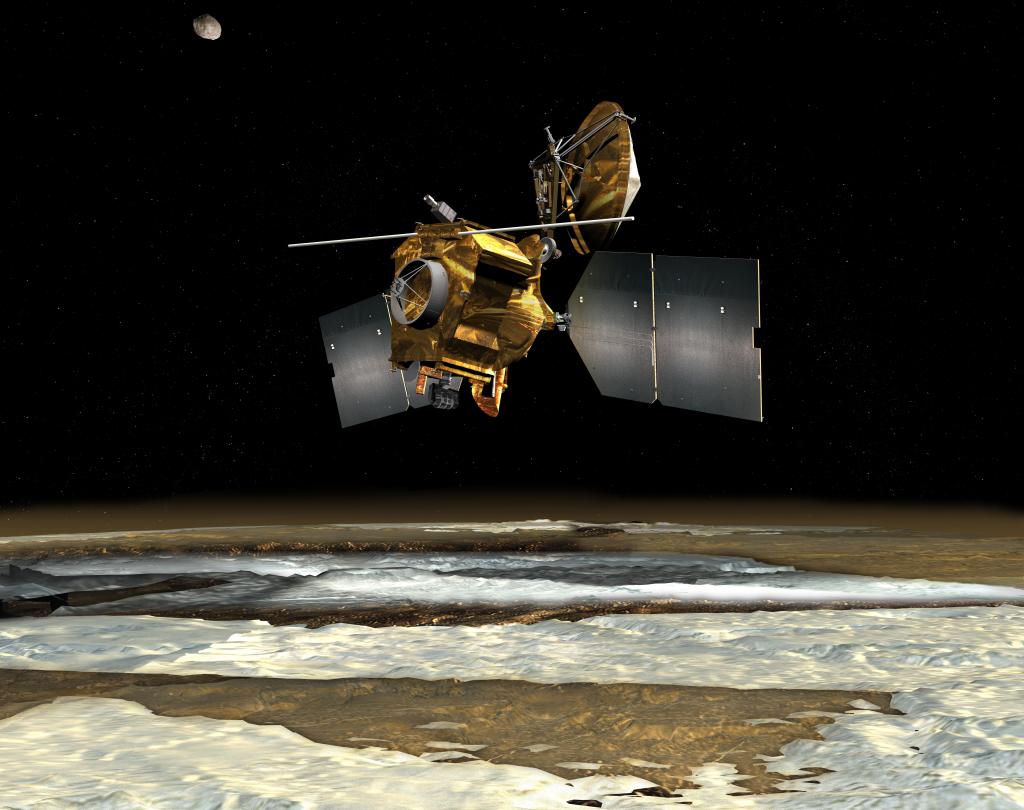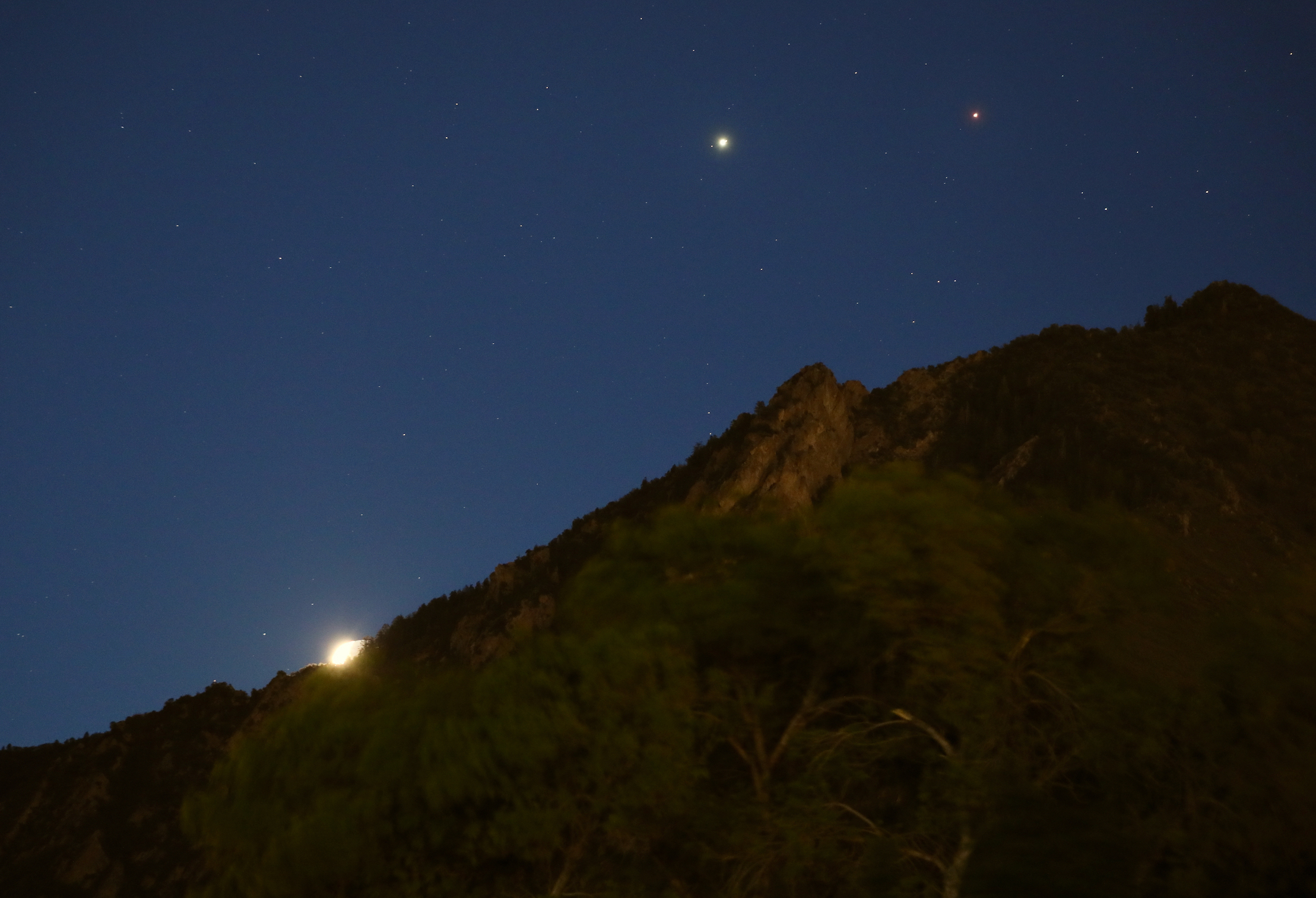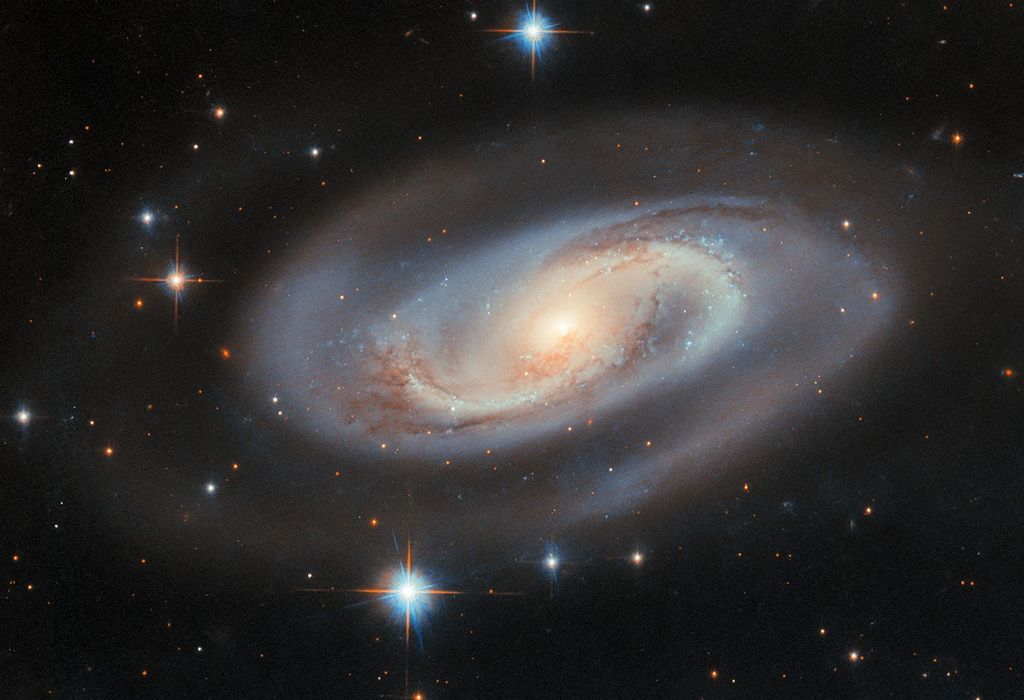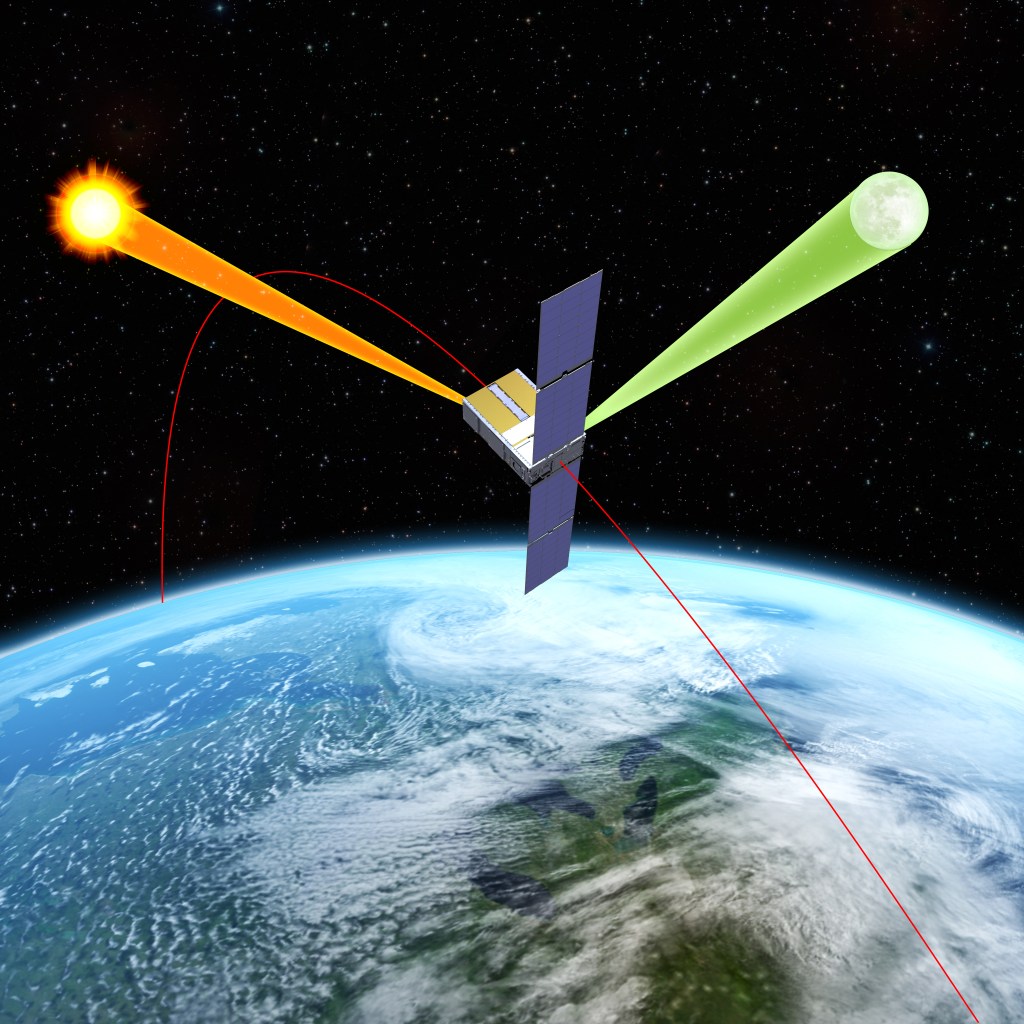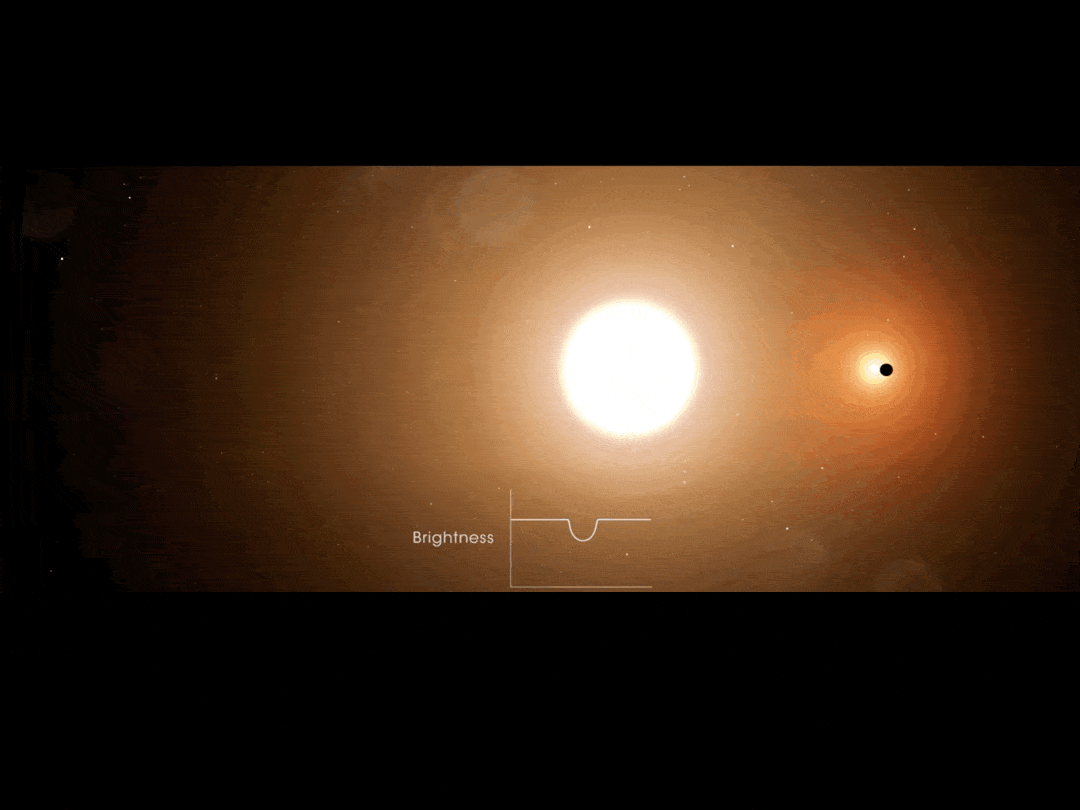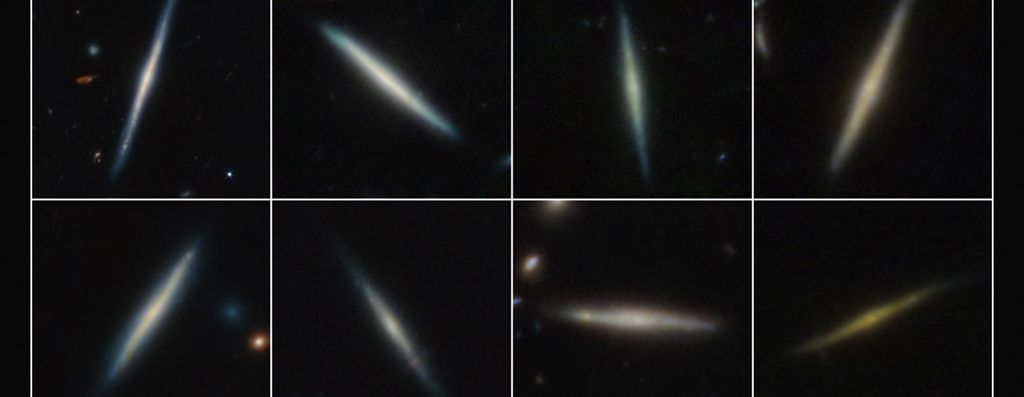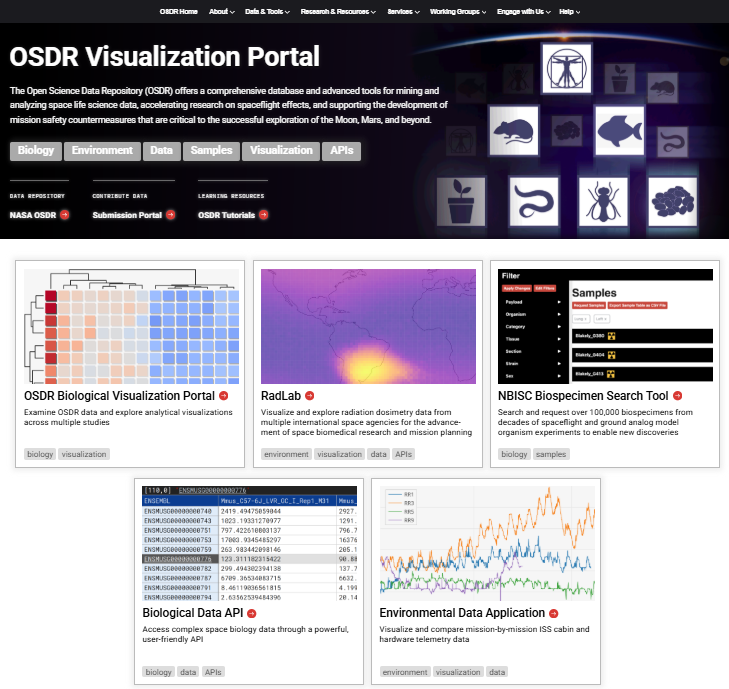1 min read
Black Hole-Powered Jet of Electrons and Sub-Atomic Particles Streams From Center of Galaxy M87

Streaming out from the center of the galaxy M87 like a cosmic searchlight is one of nature's most amazing phenomena, a black-hole-powered jet of electrons and other sub-atomic particles traveling at nearly the speed of light. In this NASA Hubble Space Telescope image, the blue of the jet contrasts with the yellow glow from the combined light of billions of unseen stars and the yellow, point-like globular clusters that make up this galaxy.
At first glance, M87 (also known as NGC 4486) appears to be an ordinary giant elliptical galaxy; one of many ellipticals in the nearby Virgo cluster of galaxies. However, as early as 1918, astronomer H.D. Curtis noted a "curious straight ray" protruding from M87. In the 1950s when the field of radio was blossoming, one of the brightest radio sources in the sky, Virgo A, was discovered to be associated with M87 and its jet.
After decades of study, prompted by these discoveries, the source of this incredible amount of energy powering the jet has become clear. Lying at the center of M87 is a supermassive black hole, which has swallowed up a mass equivalent to 2 billion times the mass of our Sun. The jet originates in the disk of superheated gas swirling around this black hole and is propelled and concentrated by the intense, twisted magnetic fields trapped within this plasma. The light that we see (and the radio emission) is produced by electrons twisting along magnetic field lines in the jet, a process known as synchrotron radiation, which gives the jet its bluish tint.
M87 is one of the nearest and is the most well-studied extragalactic jet, but many others exist. Wherever a massive black hole is feeding on a particularly rich diet of disrupted stars, gas, and dust, the conditions are right for the formation of a jet. Interestingly, a similar phenomenon occurs around young stars, though at much smaller scales and energies.
At a distance of 50 million light-years, M87 is too distant for Hubble to discern individual stars. The dozens of star-like points swarming about M87 are, instead, themselves clusters of hundreds of thousands of stars each. An estimated 15,000 globular clusters formed very early in the history of this galaxy and are older than the second generation of stars, which huddle closer to the center of the galaxy.
The data were collected with Hubble's Wide Field Planetary Camera 2 in 1998 by J.A. Biretta, W.B. Sparks, F.D. Macchetto, and E.S. Perlman (STScI). The Hubble Heritage team combined these exposures of ultraviolet, blue, green, and infrared light in order to create this color image.
About the Object
- R.A. PositionR.A. PositionRight ascension – analogous to longitude – is one component of an object's position.12h 30m 49.42s
- Dec. PositionDec. PositionDeclination – analogous to latitude – is one component of an object's position.12° 23' 27.99"
- DistanceDistanceThe physical distance from Earth to the astronomical object. Distances within our solar system are usually measured in Astronomical Units (AU). Distances between stars are usually measured in light-years. Interstellar distances can also be measured in parsecs.About 16 Mpc (50 million light-years)
- DimensionsDimensionsThe physical size of the object or the apparent angle it subtends on the sky.The image is 31 arcseconds wide (about 7500 light years). The length of the jet is 5,000 light-years at optical wavelengths (100,000 light years at radio wavelengths).
About the Data
- Data DescriptionData DescriptionProposal: A description of the observations, their scientific justification, and the links to the data available in the science archive.
Science Team: The astronomers who planned the observations and analyzed the data. "PI" refers to the Principal Investigator.Principal Astronomers: J.A. Biretta, W.B. Sparks, F.D. Macchetto, E.S. Perlman (STScI)
- InstrumentInstrumentThe science instrument used to produce the data.HST>WFPC2
- Exposure DatesExposure DatesThe date(s) that the telescope made its observations and the total exposure time.February 1998, Exposure Time: 55 minutes
- FiltersFiltersThe camera filters that were used in the science observations.F300W (U), F450W (B), F606W (V), and F814W (I)
- Object NameObject NameA name or catalog number that astronomers use to identify an astronomical object.Messier 87, M87, NGC 4486, Virgo A
- Object DescriptionObject DescriptionThe type of astronomical object.Giant Eliptical Galaxy (E1)
- Release DateJuly 6, 2000
- Science ReleaseA Cosmic Searchlight
- CreditNASA and The Hubble Heritage Team (STScI/AURA)

Violet: F300W (U)Blue: F450W (B)Green: F606W (V)Red: F814W (I)
Share
Details
Claire Andreoli
NASA’s Goddard Space Flight Center
Greenbelt, Maryland
claire.andreoli@nasa.gov

